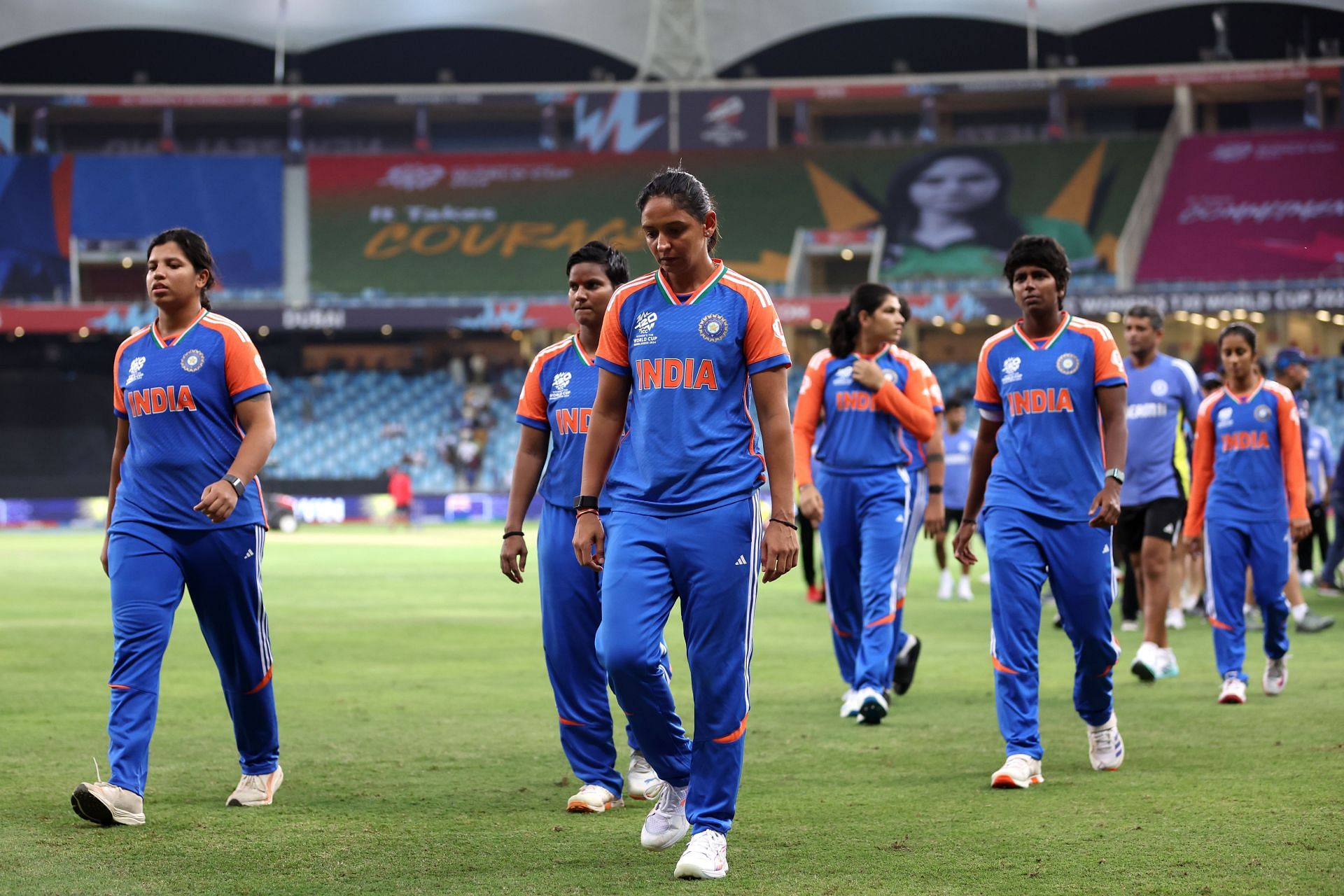
3 biggest concerns for India to address ahead of 2024 Women’s T20 World Cup clash vs Pakistan
India had a disappointing start to the 2024 Women’s T20 World Cup, losing to New Zealand at the Dubai International Cricket Stadium in the UAE on Friday, October 4. Choosing to bat first, the White Ferns smashed 55 runs during the powerplay, benefiting from some poor fielding by the Indian team.
Georgia Plimmer played a pivotal role, scoring 34 off 23 balls, while captain Sophie Devine was the standout performer, finishing unbeaten on 57 off 36 balls. New Zealand ended their innings at 160/4 in their allotted 20 overs, with Renuka Singh taking two wickets for India.
response, India lost their key players - Smriti Mandhana, Shafali Verma, and Harmanpreet Kaur - during the batting powerplay. New Zealand's bowlers took wickets at regular intervals, leading to India being bowled out for just 102 and losing the match by 58 runs. Rosemary Mair was exceptional, taking four wickets for New Zealand.
Harmanpreet’s team will next face their arch-rivals, Pakistan, on Sunday, October 6, at the Dubai International Stadium. The Women in Green performed impressively in their opening match, defeating Sri Lanka by 31 runs.
India will need to elevate their game to secure their first victory, but they must address several significant concerns ahead of this high-pressure matchup against Pakistan.
#1 Fielding
The India Women’s team must be disappointed with their fielding performance against New Zealand. The Women in Blue had two promising opportunities to take wickets during the powerplay but squandered both.
On the final ball of the third over, Smriti Mandhana misjudged a catch at long-on, positioning herself several paces inside the boundary. She watched helplessly as the ball sailed over her head for a six. Georgia Plimmer was on eight at the time and went on to score 34 off 23 balls.
In the final over of the powerplay, wicketkeeper Richa Ghosh dropped a simple catch of Suzie Bates, giving the experienced batter a crucial lifeline.
Moreover, India’s ground fielding was lacking, allowing New Zealand’s batters to take two runs when they should have only scored one. To have a chance against Pakistan and perform well in the tournament, the Indian team must enhance their fielding skills.
#2 Deepti Sharma's poor performance on spin-friendly track
So far, four Women’s T20 World Cup matches have been played, with spinners leading the way thanks to favorable pitch conditions. Deepti Sharma, the second-ranked bowler in the ICC Women’s T20I rankings, had a subpar performance against New Zealand.
In her four-over spell, the 27-year-old went wicketless and conceded 45 runs at an economy rate of 11.2. Notably, the White Ferns hit her for three boundaries in the 18th over, gaining momentum and ultimately posting a respectable total of 160 runs.
In contrast, New Zealand spinner Eden Carson took two wickets in her four overs, while Amelia Kerr allowed only 19 runs and claimed one wicket. Deepti needs to take wickets on spin-friendly tracks if India hope to restrict opponents to a low total.
#3 India's performance against spin and Harmanpreet Kaur's move to bat at number three
India's struggles against spin were evident when New Zealand's Eden Carson dismissed both openers Shafali Verma and Smriti Mandhana during the powerplay. The team continued to find it challenging to score against Amelia Kerr.
With Pakistan featuring strong spinners like Sadia Iqbal, Nida Dar, and Nashra Sandhu, the Women in Blue will need to adjust their strategy by effectively rotating the strike and capitalizing on poor deliveries.
In their match against Sri Lanka, Pakistan's spinners bowled 17 overs, claiming seven wickets and conceding just 74 runs, and they will be eager to maintain that form against India.
Meanwhile, India’s decision to promote captain Harmanpreet Kaur to the No. 3 position did not yield positive results in the first match. They might consider sending Jemimah Rodrigues, a skilled player against spin, to bat at three, allowing Kaur to return to her position at No. 4 or 5.